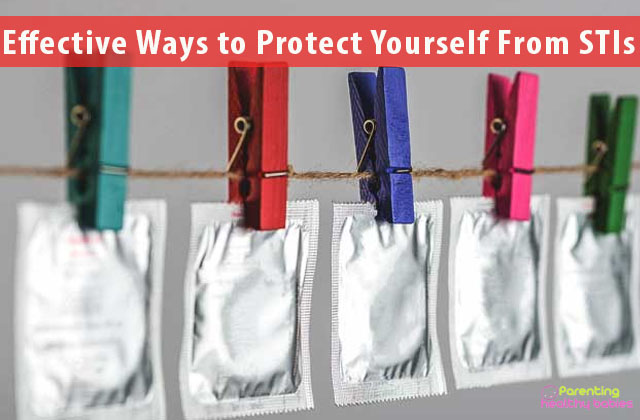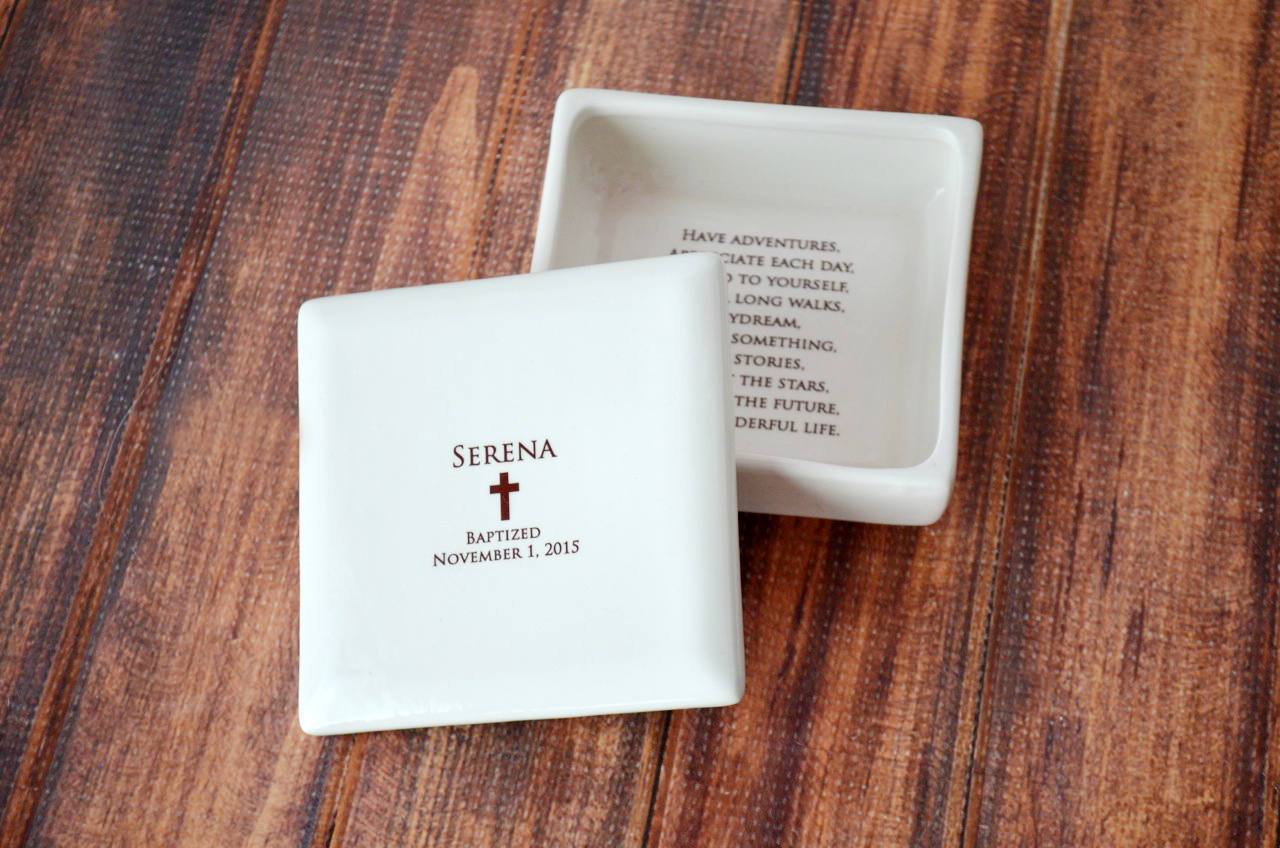Swelling in the scrotum is defined as Hydrocele which is seen as a collection of fluid in the thin sheath surrounding a testicle. Hydrocele is a gender-specific disease and is very common in newborns but eventually disappears without any treatment by the age of 1 year. In adult males and boys, hydrocele occurs because of inflammation or injury within the scrotum. It sounds serious and moreover painful but there is no need for worrying as it won’t hurt the baby. It may go away on its own but still it is recommended to visit a doctor and discuss the problem.
In this article:
Causes of Hydrocele
Types of Hydrocele
Symptoms of Hydrocele
Risk Factors of Hydrocele
Complications of Hydrocele
Treatment for Hydrocele
All You Need to Know About Hydrocele
Causes of Hydrocele
A hydrocele occurs even before the baby boy is born. His testicle develops inside his belly and then later these testicles descend down to the scrotum through a small tunnel. During this descend a sac of fluid moves down with each testicle. Usually, the tunnel along with the sac seals off before birth and the fluid of the sac is absorbed by the baby boy’s body. But if this sac remains opened or sac size change or compress fluid may flow back to abdomen then hydrocele occurs.
Types of Hydrocele
- Noncommunicating hydrocele: When the sac is closed normally but the body does not absorb the fluid inside it.
- Communicating hydrocele: When sac does not seal and with time the scrotum swelling increases.
Symptoms of Hydrocele
Normally, bilateral or unilateral painless swelling is seen on the testicles. In adult males, discomfort may be felt due to scrotum heaviness. With an increase in the size of testicle due to swelling, pain also increases. Diurnal variation can be seen as a swollen area to be small in the morning whereas large in the day.
There is no the change in size of swelling of the scrotum in non-communicating hydrocele whereas in communicating hydrocele size variation is seen on gentle squeezing of the scrotum which leads to moving out of fluid from scrotum to his belly.
Risk Factors of Hydrocele
Most hydroceles are seen at birth. Among newborns, 5 percent suffer from hydrocele. Babies born prematurely have a higher risk of having hydrocele.
In the later span of life risk factors associated with hydrocele are:
- Injury to the scrotum
- Infections such as Sexually transmitted infections.
Complications of Hydrocele
Usually, hydrocele is not dangerous and cannot affect the fertility of the male. But it might be linked with an underlying testicular problem with may lead to serious complication such as :
- Infection or tumor which may reduce sperm production.
- Inguinal hernia, here the loop of intestine protrudes in the abdominal wall.
Treatment for Hydrocele
Usually, a hydrocele in newborn goes away itself and require no treatment. But in case of communicating hydrocele, the doctor recommends parents to make baby undergo hydrocelectomy.
Hydrocelectomy is simply the removal of hydrocele. During this surgical procedure, the baby’s body is kept numb through medicines. Then, the surgeon makes a clean cut on his scrotum or lower belly. Through this, he drains the fluid and finally sutures back to seal the scrotum again.
After surgery, it is required to keep the scrotum area dry and clean and regular check-ups with the doctor are recommended for knowing the healing status of the scrotum.
Conclusion
A hydrocele is not a serious condition until complications are seen. It can be easily treated and is no longer an issue of worrying for parents.
References
https://www.ncbi.nlm.nih.gov/books/NBK333501/
https://www.mayoclinic.org/diseases-conditions/hydrocele/symptoms-causes/syc-20363969
https://www.webmd.com/parenting/baby/hydrocele-baby-boys













